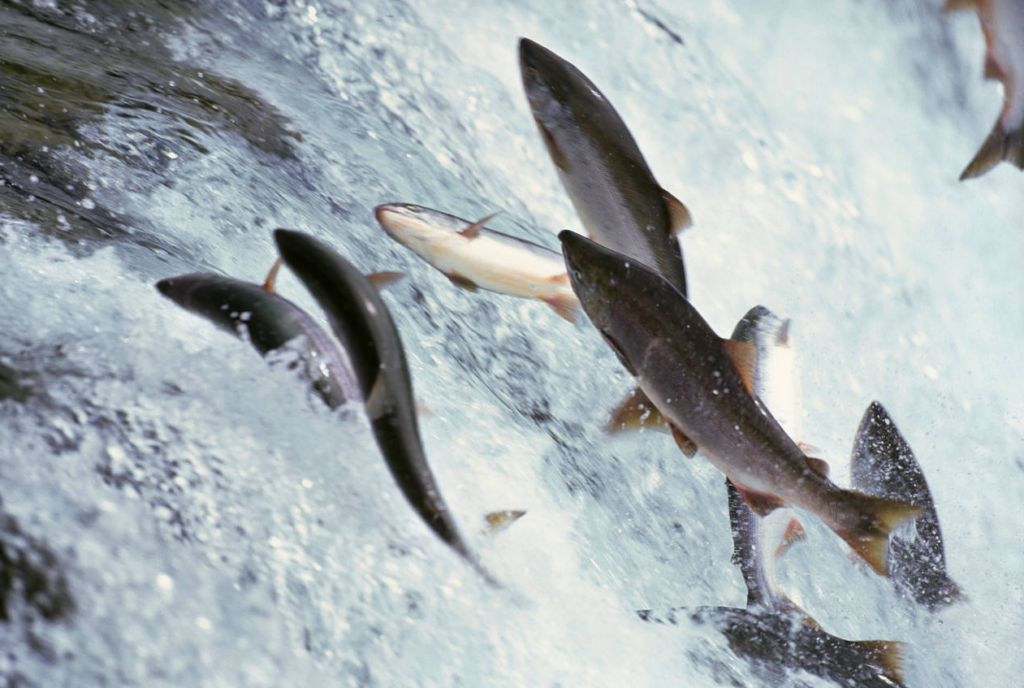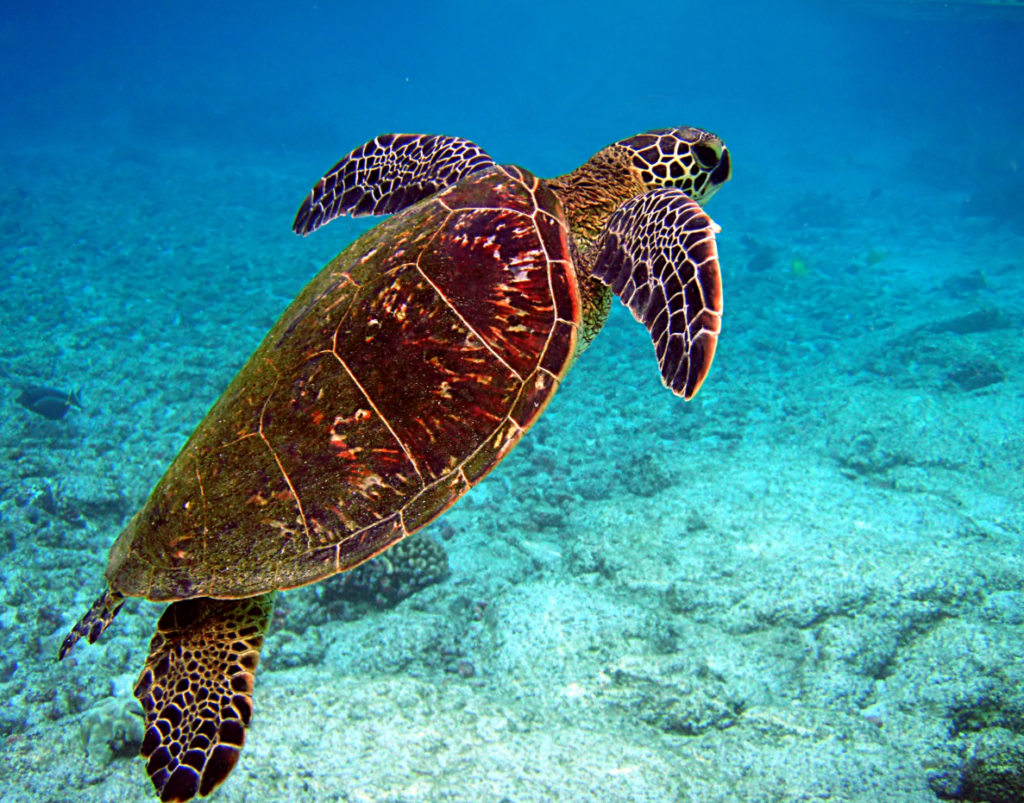We embark on a fascinating journey to explore the remarkable phenomenon of animal migration, focusing specifically on those species that undertake the most extraordinary and lengthy voyages across our planet. These epic travels, often spanning thousands of kilometers and traversing diverse ecosystems, are driven by an innate imperative for survival and reproduction. Understanding the scale and complexity of these migrations not only highlights the incredible resilience and adaptability of life on Earth but also underscores the critical need for conservation efforts to protect these long-distance travelers and the habitats they depend upon. Join us as we delve into the lives of some of nature’s greatest wanderers, revealing the secrets behind their incredible journeys.
The Arctic Tern: A Champion of Pole-to-Pole Journeys
Perhaps the most celebrated long-distance migrant in the avian world is the Arctic Tern (Sterna paradisaea). These relatively small birds, weighing just over 100 grams, undertake an astonishing annual round trip between their Arctic breeding grounds and their Antarctic wintering areas. While the exact routes can vary between individuals and years, scientists estimate that some Arctic Terns fly an average of 70,000 to 90,000 kilometers (43,000 to 56,000 miles) each year. This incredible feat means that over their lifespan, which can exceed 30 years, an Arctic Tern may fly the equivalent of traveling to the moon and back multiple times.

The reasons behind this epic migration are twofold: to take advantage of the long daylight hours and abundant food resources in both polar regions. During the Arctic summer, they breed in areas with 24-hour daylight, providing ample opportunity to forage for small fish and invertebrates to feed their young. As the Arctic winter approaches and daylight diminishes, they embark on their southward journey, following complex routes that often involve zigzags across the Atlantic Ocean, utilizing prevailing winds and rich feeding grounds along the way. They then spend the Antarctic summer in another region of continuous daylight, feeding on krill and small fish before beginning their northward journey again. The navigational abilities of Arctic Terns are truly remarkable, allowing them to return to the same breeding and wintering grounds year after year with incredible accuracy. Their migration highlights the interconnectedness of the global ecosystem and the importance of maintaining healthy habitats across vast distances.
Humpback Whales: Oceanic Giants on Trans-Equatorial Expeditions
The majestic Humpback Whale (Megaptera novaeangliae) is another iconic long-distance migrant, undertaking impressive annual journeys between their cold-water feeding grounds and their warmer tropical or subtropical breeding areas. These massive marine mammals, which can grow up to 16 meters (52 feet) in length and weigh around 40 tons, spend their summers in high-latitude regions, such as the waters off Alaska, Canada, and Antarctica, where they feed voraciously on krill and small fish to build up their blubber reserves. As the colder months approach and food becomes scarce, they embark on long migrations towards warmer waters near the equator.

These migrations can cover distances of up to 9,600 kilometers (6,000 miles) each way, making them some of the longest migrations of any mammal. The primary purpose of these tropical or subtropical destinations is breeding and calving. The warmer waters provide a safer environment for newborn calves, which lack the thick layer of blubber needed to survive in colder regions. During the breeding season, males engage in elaborate songs and competitive displays to attract females. Once the calves are strong enough, the whales undertake the long journey back to their feeding grounds, often following traditional routes passed down through generations. Different populations of Humpback Whales undertake distinct migrations, with some traveling across entire oceans. The conservation of these magnificent creatures relies heavily on protecting their critical habitats at both ends of their migratory routes and mitigating threats such as entanglement in fishing gear and ship strikes along their pathways.
Monarch Butterflies: A Multi-Generational Continental Journey
The annual migration of the Monarch Butterfly (Danaus plexippus) in North America is a truly unique and awe-inspiring phenomenon, distinguished by the fact that it is a multi-generational journey. Unlike the Arctic Tern or the Humpback Whale, individual Monarch butterflies do not complete the entire round trip. Instead, it takes several generations to complete the migration from their summer breeding grounds in the United States and Canada to their overwintering sites in Mexico and California, and then back again.

In the late summer and early fall, the final generation of Monarch butterflies, known as the Methuselah generation, emerges. These butterflies are physiologically different from the earlier generations, with a longer lifespan (up to 8-9 months) and a reproductive diapause. They embark on an incredible southward journey, flying thousands of kilometers to reach their overwintering sites. Eastern Monarchs primarily migrate to the oyamel fir forests in the mountains of central Mexico, while Western Monarchs overwinter in groves of eucalyptus and other trees along the California coast. These overwintering sites provide a stable microclimate that allows the butterflies to survive the winter months. In the spring, these overwintered Monarchs begin to migrate north, laying eggs along the way. These eggs hatch into the first generation of the new year, which continues the northward journey. It takes two to three more generations to reach the northern breeding grounds. The remarkable aspect of this migration is the innate ability of each generation to navigate towards a destination they have never personally experienced. The survival of this iconic migration is currently threatened by habitat loss, pesticide use, and climate change, highlighting the urgent need for conservation efforts across their entire range.
Salmon: An Upstream Odyssey of Life and Death
Various species of Salmon, particularly those in the Pacific Northwest (such as Sockeye, Chinook, and Coho Salmon), undertake remarkable anadromous migrations, spending most of their adult lives in the ocean before returning to their natal freshwater streams and rivers to spawn. These journeys can cover thousands of kilometers, often involving arduous upstream swims against strong currents and over obstacles such as waterfalls and rapids.

After hatching in freshwater, juvenile salmon, known as fry or smolts, undergo physiological changes that allow them to survive in saltwater. They then migrate downstream to the ocean, where they spend several years feeding and growing. Once they reach sexual maturity, they embark on their epic return journey, guided by a remarkable sense of smell that allows them to locate the specific stream where they were born. This homing ability is crucial for successful reproduction, as it ensures that salmon spawn in habitats to which they are genetically adapted. The upstream migration is a physically demanding feat, often involving significant weight loss and injury. Once they reach their spawning grounds, female salmon create nests (redds) in the gravel and lay their eggs, which are then fertilized by the males. After spawning, most Pacific salmon species die, completing their life cycle. Their bodies decompose and provide essential nutrients to the freshwater ecosystem, supporting the next generation. The long and challenging migrations of salmon are threatened by habitat degradation, dams that block their passage, overfishing, and climate change, emphasizing the need for effective management and conservation strategies to ensure their survival.
Green Sea Turtles: Transoceanic Travels for Reproduction
Green Sea Turtles (Chelonia mydas) are another fascinating example of long-distance marine migrants, undertaking impressive journeys between their feeding grounds and their nesting beaches. These large reptiles, which can live for many decades, often forage in seagrass beds and algae-rich areas that can be located far from their breeding sites. When it is time to reproduce, adult female Green Sea Turtles embark on remarkable migrations, often traveling thousands of kilometers across open ocean to return to the same beaches where they themselves hatched decades earlier.

The navigational abilities of sea turtles are not fully understood but are believed to involve a combination of factors, including the Earth’s magnetic field, celestial cues, and possibly even olfactory senses. Once they reach their nesting beaches, females come ashore to lay their eggs in the sand. After burying their clutches, they return to the ocean, often undertaking multiple nesting events within a single season. The hatchlings, after emerging from their nests, instinctively head towards the sea and embark on their own oceanic journeys, often drifting with currents for several years before settling in feeding grounds. Different populations of Green Sea Turtles undertake distinct migrations, with some traveling across entire ocean basins. These long-distance movements play a crucial role in maintaining genetic diversity and connecting different marine ecosystems. Green Sea Turtles face numerous threats, including habitat loss on nesting beaches, entanglement in fishing gear, plastic pollution, and climate change, all of which can impact their ability to complete their vital migrations.
Conclusion: The Importance of Protecting Migratory Pathways
The incredible migrations undertaken by these and other animal species are testaments to the power of natural selection and the remarkable adaptations that have evolved over millennia. These journeys are not without their challenges, and the increasing pressures of human activities pose significant threats to the survival of many long-distance migrants. Habitat loss and fragmentation, climate change, pollution, and direct exploitation can all disrupt migratory routes and reduce the chances of successful reproduction and survival.
Understanding the complexities of these migrations and the factors that influence them is crucial for effective conservation efforts. Protecting critical habitats along migratory pathways, mitigating threats such as bycatch and collisions, and addressing the underlying causes of climate change are all essential steps in ensuring that these titans of transit can continue their epic journeys for generations to come. By recognizing the interconnectedness of ecosystems and the vital role that migratory animals play within them, we can work towards a future where these awe-inspiring spectacles of nature endure.